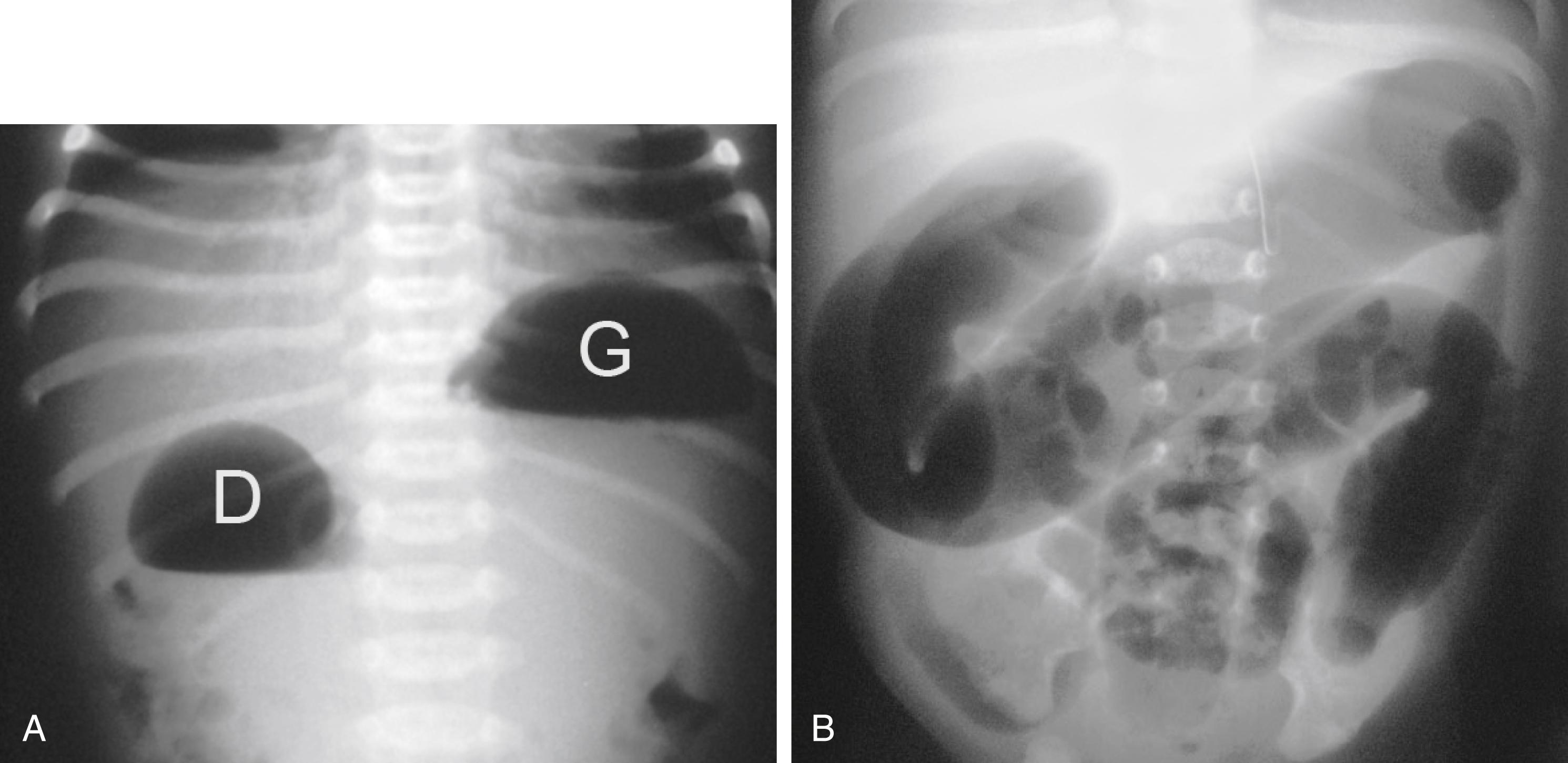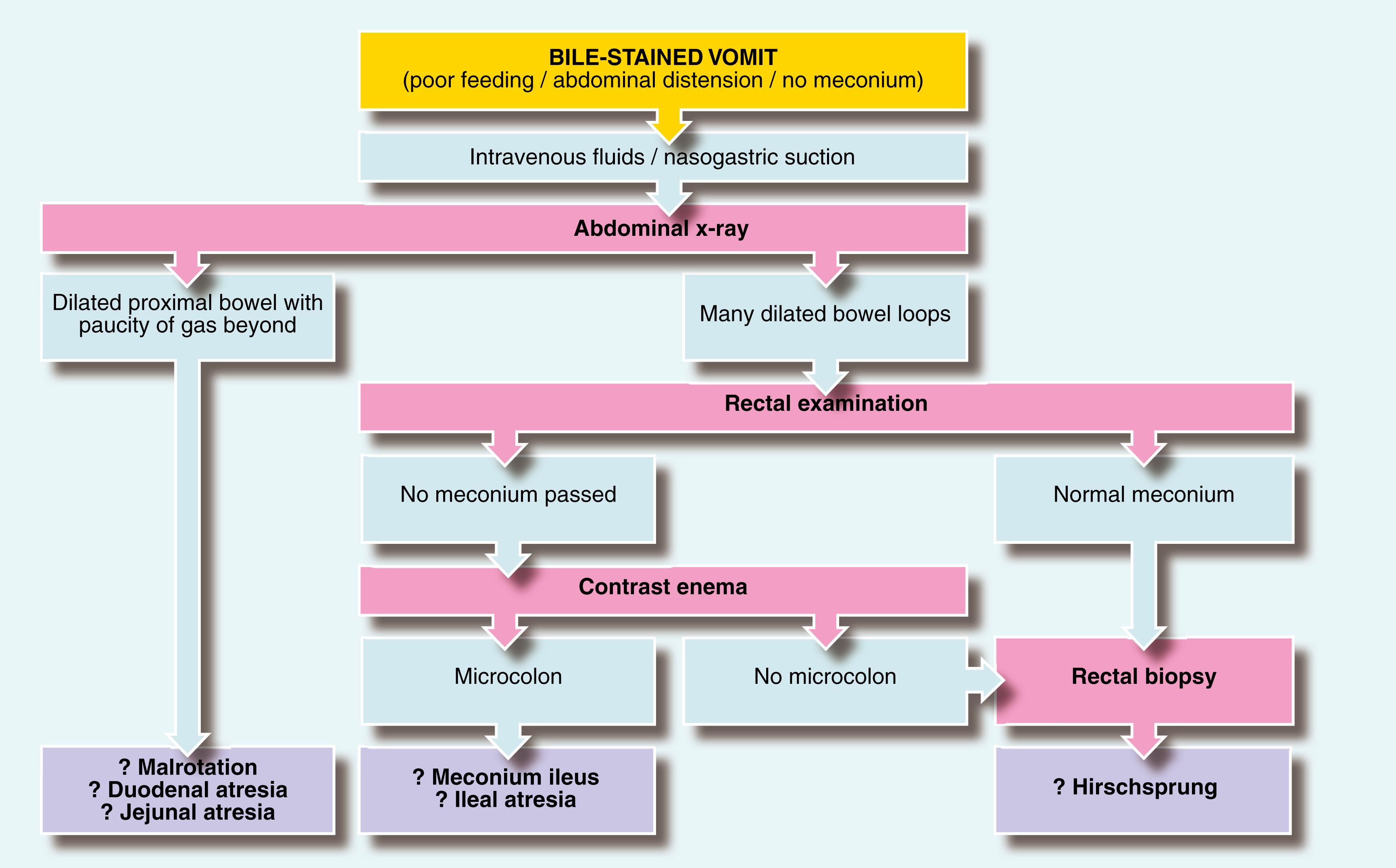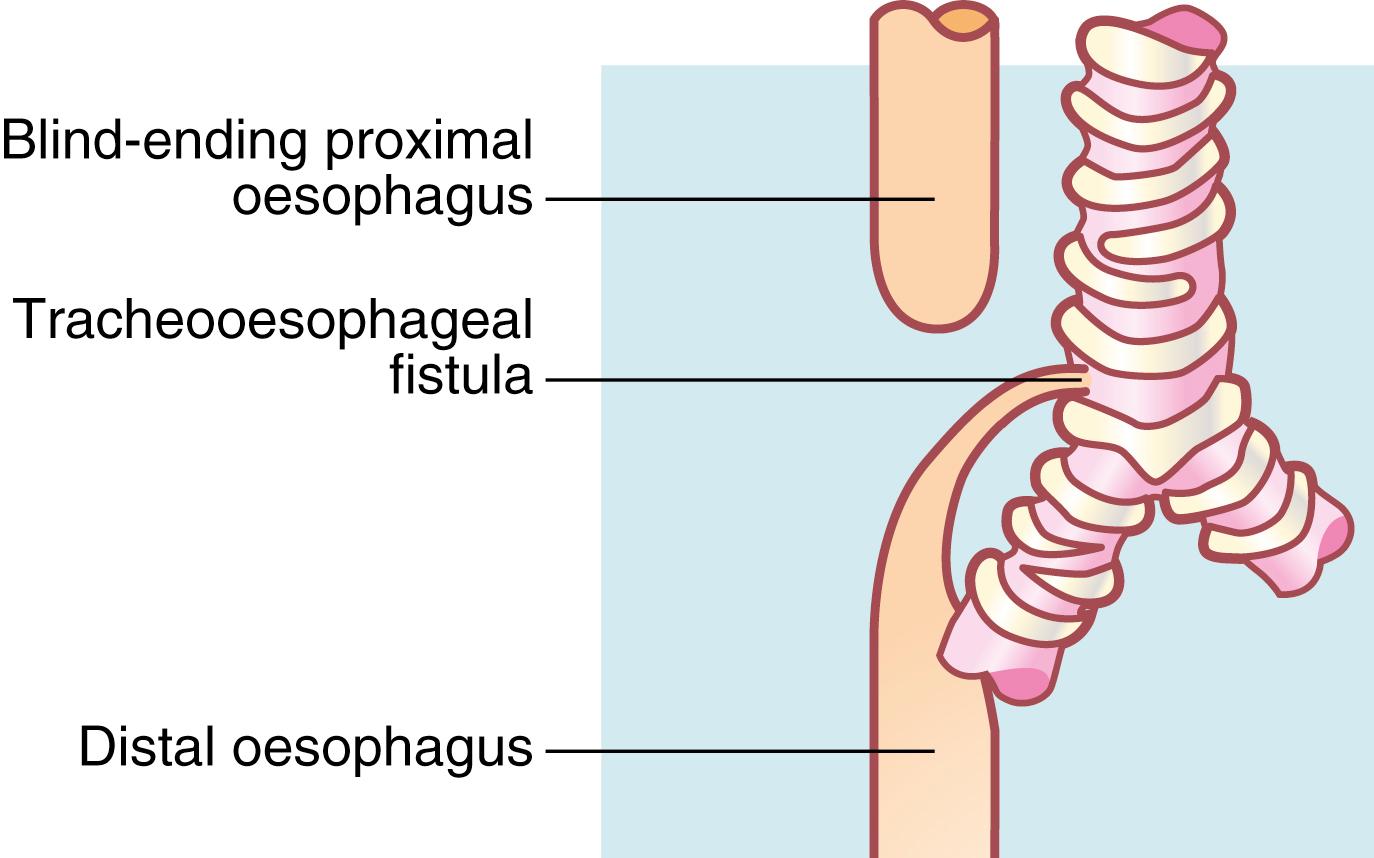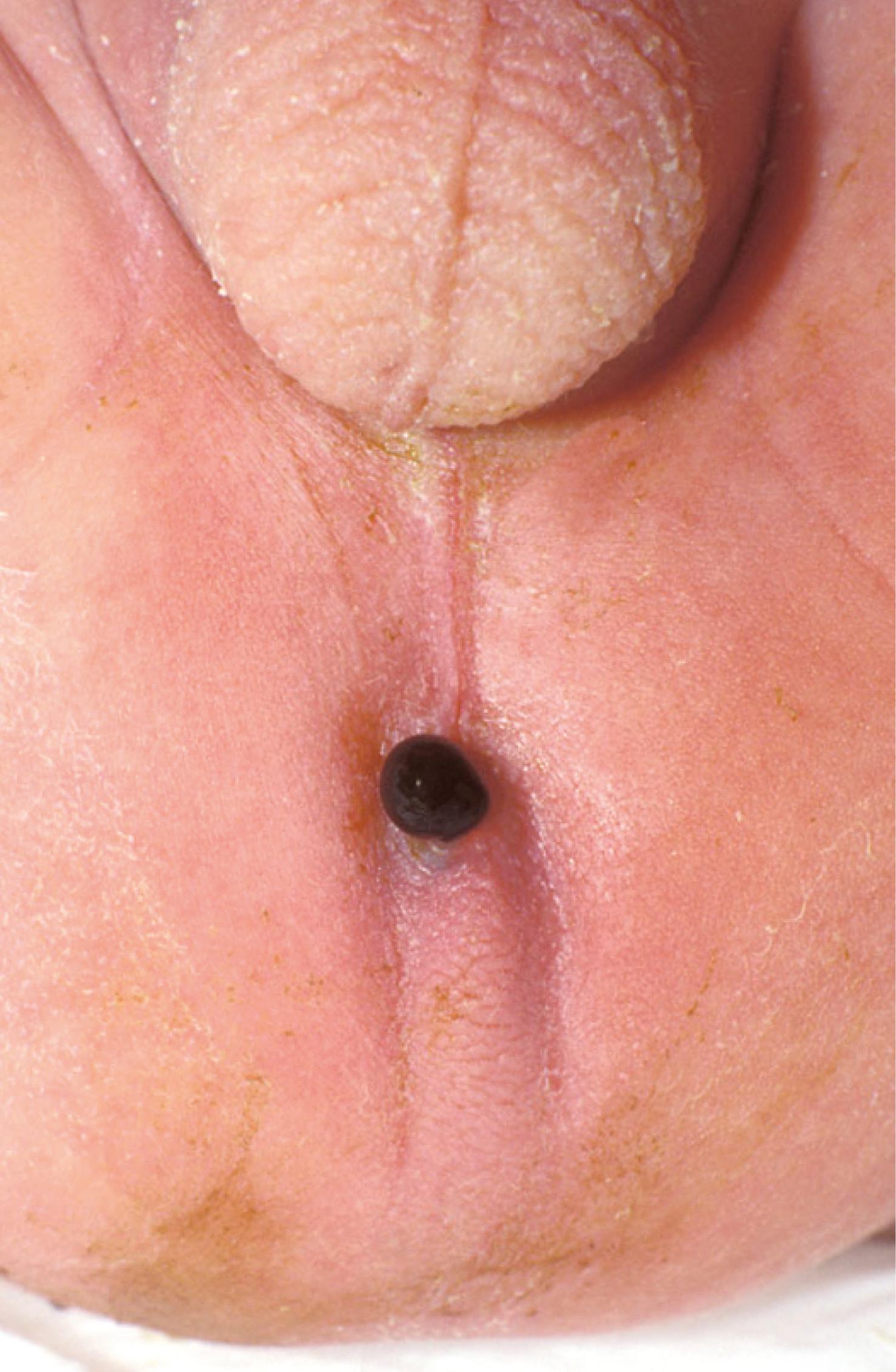Physical Address
304 North Cardinal St.
Dorchester Center, MA 02124
A neonate is a newborn less than 28 days old, an infant is less than a year, a child is 1 to 17 years old and an adult is 18 years or older. In the United Kingdom, paediatric clinical practice generally covers children only up to the age of 16 years. Increasingly, those between 13 and 18 years are being managed in adolescent units, where their needs are better met. Many children are treated by general surgeons with a paediatric interest, but surgical problems in infants, major congenital abnormalities and malignant tumours are usually managed in regional centres by specialists. The range of surgical conditions in children differs from adults and also varies between age groups, particularly for emergency presentations. Paediatric emergencies are considered here by age group, that is, newborn (the first few days of life, including premature babies), infants and young children (up to about 2 years) and older children (up to puberty). During puberty, the disorders merge with those of adulthood.
Successful paediatric surgical care depends on managing the physiological differences between neonates, infants, children and adults. For example, the basal metabolic rate is very high in the newborn, with an oxygen demand of 5 to 8 mL/kg per min. This falls in older children and adults to 2 mL/kg per min. The blood volume in a baby is 80 mL per kg body weight, a much higher volume to weight ratio than an adult, but the total blood volume is very small (typically around 250 mL in a full-term newborn infant), so operative technique needs to be meticulous to minimise loss. In an adult, losing 100 mL is negligible, but can be life-threatening to a small child; even small losses need to be accurately measured and replaced during surgery if necessary.
Fluid deficiency and electrolyte imbalances occur rapidly because each compartment has such a small fluid volume. In addition, paediatric fluid requirements are relatively greater than adults because the kidneys have a lesser concentrating ability and so obligatory urine output is greater. Faecal fluid losses are higher, particularly under 2 years. In cases of severe diarrhoea, dehydration and electrolyte disturbances develop with frightening speed. Signs of fluid depletion are also different from adults. Young fluid-depleted children are often lethargic or drowsy and may even be comatose. The eyes and anterior fontanelle may be sunken but skin turgor is not lost. Tachycardia is usual, but hypotension is a late sign because of compensatory mechanisms. Urine output is likely to be low; normal output should be at least 1 mL per kg body weight per hour.
Hypoglycaemia readily occurs because a baby’s glycogen stores are meagre; there needs to be a regular supply of glucose by feeding or intravenous (IV) infusion. Adrenergic responses to trauma and stress also increase glucose requirements. Hypoglycaemia is likely to occur if a baby is fasted before surgery, but not given IV dextrose, or when a blood transfusion temporarily replaces IV dextrose. All small children undergoing surgery need close monitoring of blood glucose to prevent hypoglycaemic brain damage.
Temperature regulation in infants is less robust and hypothermia is a real hazard. Infants have a relatively large surface area, poor vasomotor control of skin vessels and are unable to generate heat by shivering. These differences are more marked in premature neonates, who are poorly adapted to life outside the uterus. A controlled, heated environment is essential for operating on and nursing newborn infants. For those under 1 kg, the temperature is set between 34.5°C and 35.5°C, and for those over 3 kg, between 31.5°C and 34.5°C. The infant is placed on a heated mattress and all parts of the body kept insulated. IV fluids and skin cleansers are warmed and anaesthetic gases humidified and warmed.
Liver function is immature in the newborn. Physiological jaundice caused by high levels of unconjugated bilirubin is common because the immature liver cannot synthesise the enzyme glucuronyl transferase . There is also reduced ability to detoxify analgesic drugs, and many drugs cross the blood–brain barrier more readily and hence are more likely to cause cerebral side effects. Drugs must often be used in greatly reduced doses, after checking a paediatric formulary. A further consequence of liver immaturity is reduced prothrombin production. Prophylactic vitamin K should be given after a baby’s birth, or intravenously in the perioperative period.
Infection can be rapidly fatal in small babies, particularly premature and small-for-dates babies who are likely to have impaired immunological defences. Infection can be minimised by good surgical technique, meticulous haemostasis to avoid haematomas, and prophylactic antibiotics where appropriate. Vigilance for perioperative infection is essential.
Survival of babies undergoing complex surgery has steadily improved as their specific problems have become better understood and managed, with surgeons and paediatricians working together. Examples include: effective total parenteral nutrition to prevent babies dying from malnutrition, whilst waiting for paralytic ileus to resolve; and better understanding of how to manage mechanical ventilation. Specialised understanding of fluid and electrolyte balance, drug effects and nutritional demands is necessary for safe pre- and postoperative care of these small patients. The successes of neonatal surgery over the past 30 years have been achieved because of advances in neonatal care.
More neonates with congenital abnormalities can be identified before birth because of the widespread use of antenatal ultrasound during pregnancy, and improved foetal medicine. This allows for antenatal counselling and timely preparation for postnatal management. The more common abdominal emergencies in the neonate are summarised in Box 50.1 .
Incarcerated or strangulated inguinal hernia
Gastrointestinal atresias and stenoses
Midgut malrotation with volvulus
Anorectal abnormalities
Meconium ileus and other problems with meconium
Hirschsprung disease
Congenital diaphragmatic hernia
Deficiencies in the abdominal wall (gastroschisis, exomphalos and ectopia vesicae)
Necrotising enterocolitis
Intestinal obstruction occurs in around 1 in 2000 live births. Most are not detectable antenatally, so vigilance is needed for neonates that do not tolerate feeds. Intrauterine obstruction of the gastrointestinal (GI) tract prevents the foetus from passing amniotic fluid through the GI tract after swallowing. This results in polyhydramnios , which may result in premature delivery and prematurity. It is often the only antenatal sign of oesophageal atresia. Intestinal obstruction in neonates presents with a failure to tolerate feeds , vomiting , failure to pass meconium, and in cases of distal obstruction, abdominal distension.
Causes of obstruction fall into four main categories ( LIFE ):
L uminal discontinuity (e.g., atresias)
I nspissated (thickened) luminal contents (as seen in meconium ileus)
F ailure of normal intestinal peristalsis (as seen in Hirschsprung disease)
E xternal compression of the bowel (as seen in volvulus or more rarely, abdominal masses)
In infants with high intestinal obstruction, abdominal distension is rare and in lower GI obstruction, distension may be a late sign. Abdominal plain films taken soon after delivery should be interpreted with caution because GI gas patterns are not yet normal; it takes several hours for gas to reach the colon.
The most common causes of upper intestinal obstruction in neonates are small bowel volvulus (because of foregut rotational abnormalities) and duodenal atresia (particularly in babies with trisomy 21). Distal intestinal obstruction can be caused by inspissated luminal contents in meconium ileus , abnormal motility in Hirschsprung disease or discontinuity of the bowel in intestinal atresias (narrowed segments of bowel). A plain radiograph performed after several hours is fundamental in making a preliminary diagnosis of the level of obstruction ( Fig. 50.1 ). When proximal intestine is obstructed, there may be few dilated loops and a lack of distal intestinal gas. Conversely, there are often multiple dilated loops in more distal obstruction. Note, however, that the plain radiograph can be normal in volvulus, secondary to malrotation. If this is clinically suspected, an urgent upper GI contrast study can determine whether the duodenojejunal flexure is normally or abnormally positioned. Other causes of intestinal obstruction, such as an anorectal malformations or incarcerated inguinal hernia, can be found on clinical examination without radiology. A plan for investigating babies with suspected intestinal obstruction is outlined in Fig. 50.2 .


Intestinal atresia is complete obliteration or failure to form of a segment of GI tract. These abnormalities are uncommon and complicate around 1:1000 live births. Given there is no continuity of the lumen, the proximal bowel becomes dilated above the obstruction and the distal bowel collapses. Atresias can occur anywhere in the GI tract but are most common in the oesophagus, duodenum, jejunum and ileum.
Oesophageal atresia, duodenal atresia and anorectal malformations are true developmental abnormalities and are frequently associated with other congenital abnormalities, often in predictable patterns. Major cardiac, vertebral or renal anomalies are found in around 40% of babies with oesophageal atresia, and duodenal atresia is common in trisomy 21. In contrast, small bowel atresias are believed to result from mesenteric vascular mishaps in utero and are rarely associated with other congenital abnormalities.
Oesophageal atresia occurs in between 1 in 2500 to 1 in 5000 live births. It is often seen in combination with ‘ VACTERL’ anomalies, that is, one or more of V—vertebral, A—anorectal, C—cardiac, T—tracheal, E—‘esophageal’ atresia, R—renal and L—limb abnormalities. In the most common type of oesophageal atresia, the proximal oesophagus ends blindly and there is a fistula between its lower end and the trachea ( Fig. 50.3 ). The other 10% have isolated oesophageal atresia or multiple connections to the trachea.

The diagnosis is suspected before birth, when there is polyhydramnios (30% of all cases) or other VACTERL anomalies, or the gastric gas bubble is not seen on a plain radiograph. In infants with oesophageal atresia, aspiration pneumonia and choking episodes can be life threatening so when the diagnosis is suspected, it is vital to check oesophageal continuity before feeding is started.
Once diagnosed, the baby is resuscitated and congenital problems, such as cardiac abnormalities, sought that may impact on the operation. An operation is then performed to correct the oesophageal atresia by anastomosing the two ends and to disconnect the distal oesophagus from the trachea.
In pure atresia without a fistula, there is often a long gap between the ends of the oesophagus. Reconstruction may then involve a sequence of planned operations to bridge the gap.
Duodenal atresia is found in around 1 in 5000 live births. The obstruction is usually in the second part of the duodenum, distal to the entry point of the common bile duct. Thus the vomiting is bile-stained. The atresia is either complete or there is an incomplete web across the lumen. Complete atresia most commonly presents antenatally with polyhydramnios and after delivery, classically with a ‘ double bubble ’ appearance on plain abdominal radiography, that is, a dilated gastric bubble and proximal duodenum, with no gas distally (see Fig. 50.1A ). When incomplete, the presentation is more insidious, with gradually increasing feed intolerance. Oesophageal atresia and duodenal atresia are commonly associated with trisomy 21.
Surgical treatment involves formation of a duodenoduodenostomy, anastomosing the two ends of the discontinuous duodenum.
Small bowel atresias are relatively uncommon, with an incidence of 1 in 5000 live births. There are single or multiple atresias causing discontinuity in the bowel lumen. Infants typically present with bile-stained vomiting and failure to pass meconium. Loops of dilated bowel are sometimes visible and palpable on clinical examination, and there are dilated bowel loops with no distal gas on plain x-ray.
Treatment of small bowel atresias is surgical, performing one or multiple intestinal anastomoses to return the bowel to continuity. Fig. 50.4 shows operative findings in jejunal atresia with typically distended proximal jejunum and collapsed distal jejunum.

During the first trimester, the midgut develops outside the foetal abdominal cavity. Between 10 and 12 weeks’ gestation, the midgut undergoes rotation and the duodenum develops its characteristic C-shaped loop by rotating through 270 degrees anticlockwise. The outcome of this intricate arrangement is that the duodenal-jejunal flexure comes to lie to the left of the midline above the pylorus, and the small bowel mesentery develops a broad oblique base, across the posterior abdominal wall, with the caecum lying in the right iliac fossa. When the small bowel mesentery is improperly formed in this way, the bowel has the potential to twist. Children born with malrotation may undergo acute small bowel volvulus at any time, though it occurs most commonly once a child has started feeding and the weight of luminal contents give the bowel the momentum to twist. This obstructs the rotated small bowel and sometimes occludes its blood supply to cause intestinal ischaemia.
A previously well baby presenting with dark green bile-stained vomiting should be assessed urgently and considered to have small bowel volvulus, until proven otherwise. The twisted bowel can untwist spontaneously, so a child may have only a single bile-stained vomit but still be at risk of recurrence. Plain radiography cannot exclude the condition; the gold-standard investigation is an upper-GI contrast study to show where the bowel lies in the abdomen.
At operation, the bowel is untwisted (anticlockwise—‘turning back the hands of time’), and warmed by wrapping in warm swabs. Ladd bands are then divided and the mesenteric base widened as far as possible. The bowel is then returned to the abdomen, with the duodenum straightened and secured on the right and the caecum on the left. Many surgeons perform an appendicectomy at the same time.
Small bowel volvulus is a serious condition, which, if unrecognised and untreated, often proves fatal or else results in necrosis of much of the small intestine, which then has to be resected. This leads to short bowel syndrome and a likely lifelong requirement for parenteral nutrition.
The primitive hindgut forms from the cloaca in the first few weeks of intrauterine life. A septum then descends to divide the anterior compartment (from which the urinary tract and part of the genital tract are formed) from the posterior compartment (which goes on to form the rectum and upper part of the anal canal).
There is a wide spectrum of congenital anorectal disorders and the overall incidence lies between 1 in 2500 and 1 in 3000 live births. Several classifications have been proposed, but the most clinically useful is to group them by whether the large bowel terminates above or below the levator ani. There is usually an abnormal fistulous connection from the end of the bowel; when the malformation is low, the fistula opens onto the skin anterior to the sphincter complex. The perineum must be closely inspected, as sometimes a bead of meconium passes through this fistulous opening, disguising the position of the anus ( Fig. 50.5 ).

In high malformations, there may be a fistula to skin, or a fistulous connection to the vagina in girls or the urinary tract in boys. Urinary tract malformations and lower vertebral anomalies are often associated with anorectal anomalies and should be sought and excluded.
Treatment depends on the level of the distal pouch. In low lesions, the puborectalis muscle is well formed and a relatively simple operation on the perineum may be sufficient. An anoplasty is performed to increase the calibre of the fistula and the fistula is moved to open within the sphincter complex. Babies who become unwell, or have high lesions , are likely to need a colostomy in the first instance. This rescue procedure allows the baby to feed and empty the bowel. This is followed by complex surgical reconstruction later, involving mobilising the bowel end and reconstructing a sphincter mechanism around it. Long-term faecal continence and bowel and bladder control is imperfect after surgery in many children with high or low anomalies, and careful follow up is needed.
The date and time of passage of meconium in newborn babies should be recorded. Failure to pass meconium within the first 48 hours should alert clinicians to a possible distal obstruction and prompt investigation to exclude serious underlying conditions.
Become a Clinical Tree membership for Full access and enjoy Unlimited articles
If you are a member. Log in here